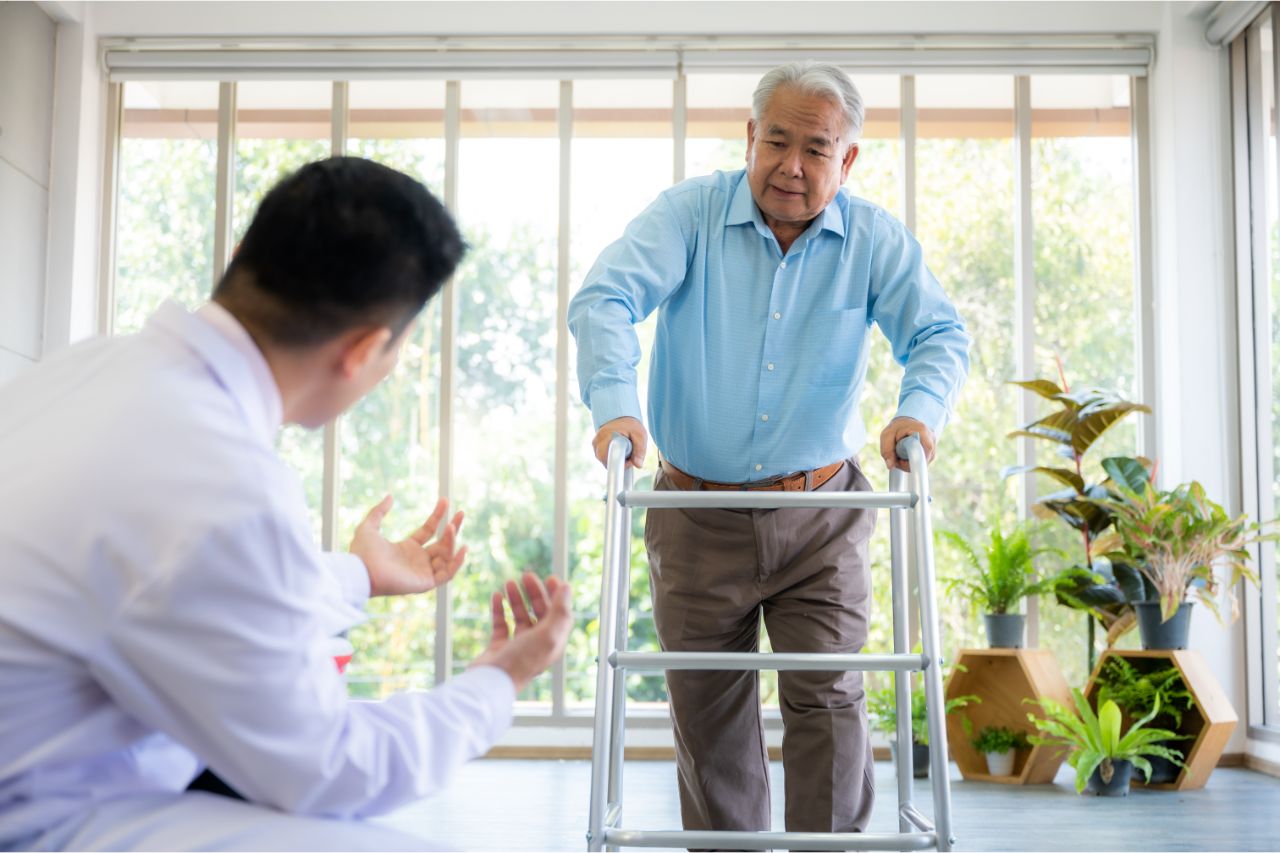What are the ways to treat osteoporosis?
- Biphosphonates
- Denosumab
- Hormone therapy
- Bone-building drugs
- Lifestyle changes
One of the most common bone diseases that people can develop, usually with age, is osteoporosis. If you have osteoporosis, that means your bones are becoming porous and losing mass and strength. It increases the chances of you developing unexpected fractures on weakened bones. The disease can progress without you knowing, and it’ll only be detected once your weakened bones have been damaged. Thankfully, modern medicine has developed many ways to treat osteoporosis.
It isn’t clear yet what causes osteoporosis. What we do know is that by age 35, bone breakdown happens faster than bone buildup, which may be a cause of osteoporosis. The good news is that we understand how it happens.
Many patients get concerned or confused about their osteoporosis treatments because of how different they can be. Some medications need to be taken once a month, others once a week, and some even once a year. Here, we’ve compiled information about how osteoporosis treatment works. Keep reading to learn more.
Biphosphonates
The first medications that your doctor is likely to try are biphosphonates. These drugs are antiresorptive drugs or medicine that would stop the body from reabsorbing bone tissue. The dosage you take will depend on the formulation. Some examples of biphosphonates are:
- Alendronate (Fosamax®, Fosamax Plus D®, Binosto®)
- Risedronate (Boniva®)
- Ibandronate (Actonel®, Atelvia®)
- Zoledronic Acid (Reclast®)
These drugs are mostly taken in pill form, but Reclast® is an intravenous drug taken annually. Consistent use of biphosphonates after three to five years will give you continuous effects even after stopping.
Some common side effects are flu-like symptoms, upset stomach, heartburn, and impaired kidney function. The stomach doesn’t absorb biphosphonate pills very well. It is advised that you take them with a tall glass of water and not eat or drink anything for about 30-60 minutes.
Denosumab

Denosumab is a monoclonal antibody that can be taken by people who are unable to take biphosphonates (due to reduced kidney function, for example) or if the treatment does not work. This drug is injected just under the skin every six months, and it’s available for both men and women. This medicine can cause potentially serious side effects, so make sure you take it consistently. Research suggests that you become more vulnerable to spinal fractures after stopping the drug, so you might have to take it indefinitely unless your doctor instructs otherwise.
Hormone therapy
Some doctors prescribe hormone-related treatments to patients with osteoporosis. Estrogen, testosterone, and drugs related to them can help in building bone density, amongst their other effects on the body.
Naturally, estrogen is prescribed for women, especially those in menopause. It treats several uncomfortable menopausal symptoms, and it also helps build back bone density. On the other hand, men suffering from both osteoporosis and low testosterone levels can be prescribed the hormone as a treatment.
Raloxifene is another hormone-related drug that acts as estrogen for the bones. It treats osteoporosis and reduces the risk for breast cancer. This drug is taken every day for 5 years to counteract the effects of osteoporosis. Calcitonin-salmon is a synthetic hormone that can prevent spinal fractures, but not other types of breaks. This drug has the potential to bring serious side effects, so it should not be the first choice for osteoporosis.
Bone-building drugs
Severe cases of osteoporosis call for drugs that help stimulate bone growth. These bone-building medications will stimulate bone growth, but should only be taken for a specific amount of time.
Teriparatide stimulates new bone growth by being similar to a parathyroid hormone. It is injected under the skin every day for two years. Abaloparatide is a similar drug that also acts as a parathyroid hormone. Romosumab is a newer bone-building medicine that is taken only once a month at your doctor’s office for one year.
After taking these medications, you need to transition back to other osteoporosis meds to support the new bone mass you built.
Lifestyle Changes
For a more holistic treatment, it’s best to make some changes to your lifestyle that would lessen the chances of developing osteoporosis. This would also help your body recover better if you already have the disease. For better recovery, you should:
Stop smoking: Along with other harmful effects such as the thinning of veins and chances of lung cancer, smoking also exacerbates the effects of osteoporosis: losing bone mass and increasing fracture risk.
Decrease alcohol consumption: The intake of more than two alcoholic drinks in a day can affect your bone formation negatively. There is also a higher chance of injury when you’re under the influence.
Avoid falls: Do what you can to avoid falling over and causing injury. Don’t wear high heels as much as possible, keep your walking space clear of obstructions like wires, and keep the rooms in your house well-lit.
With these simple changes, you can help your body get better faster.
Key takeaway
Although there are many ways to treat osteoporosis, prevention is still better than cure. Living a better lifestyle is better than subjecting yourself to treatments that could possibly harm you too. And if you’re already taking them, strictly follow your doctor’s instructions to avoid any complications.
If you don’t know how to get treatment for your osteoporosis, don’t hesitate to go to Perpetual Help Medical Center – Las Piñas. Our team of licensed and experienced doctors is always ready to help you! You can contact us here for any questions!

